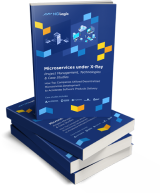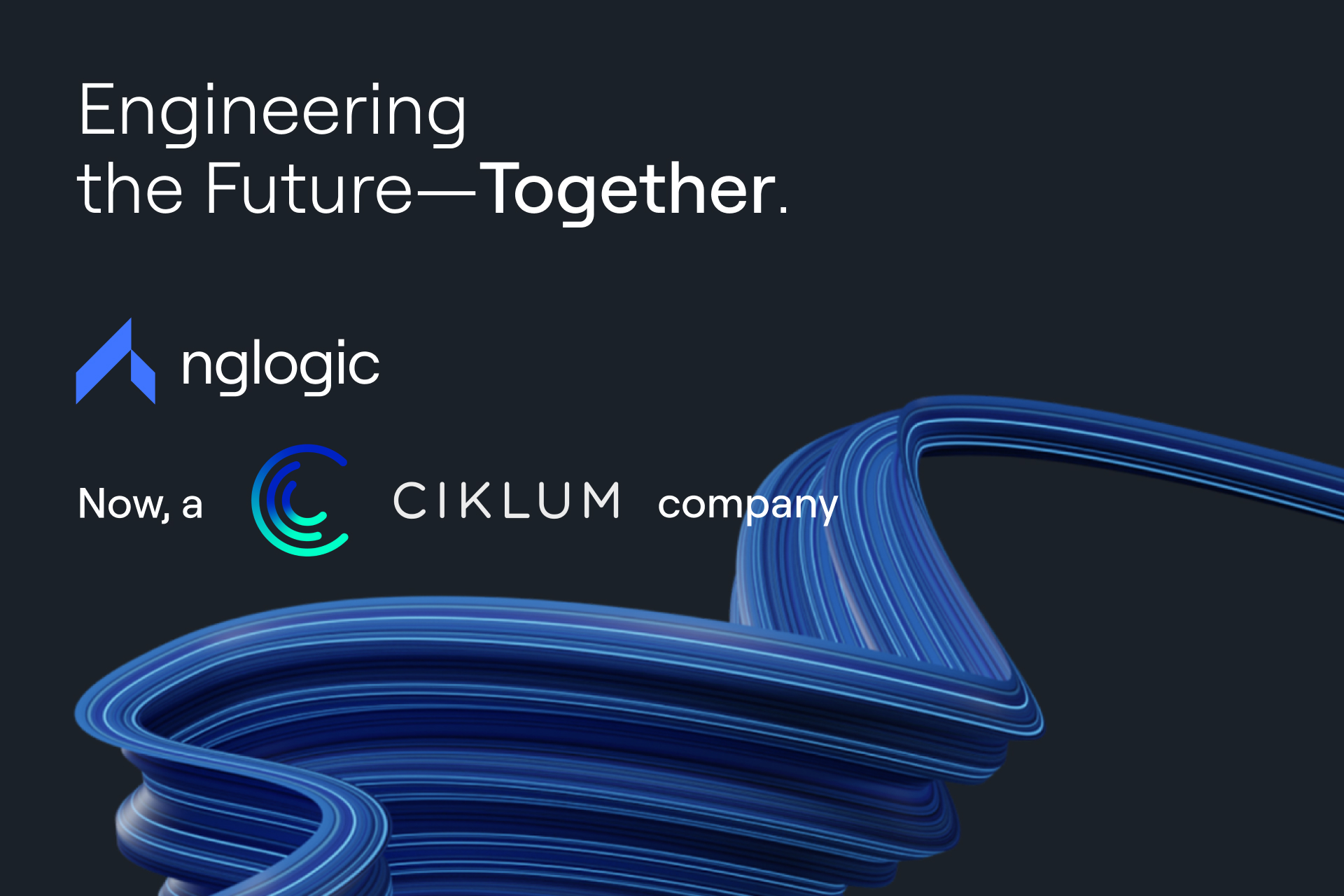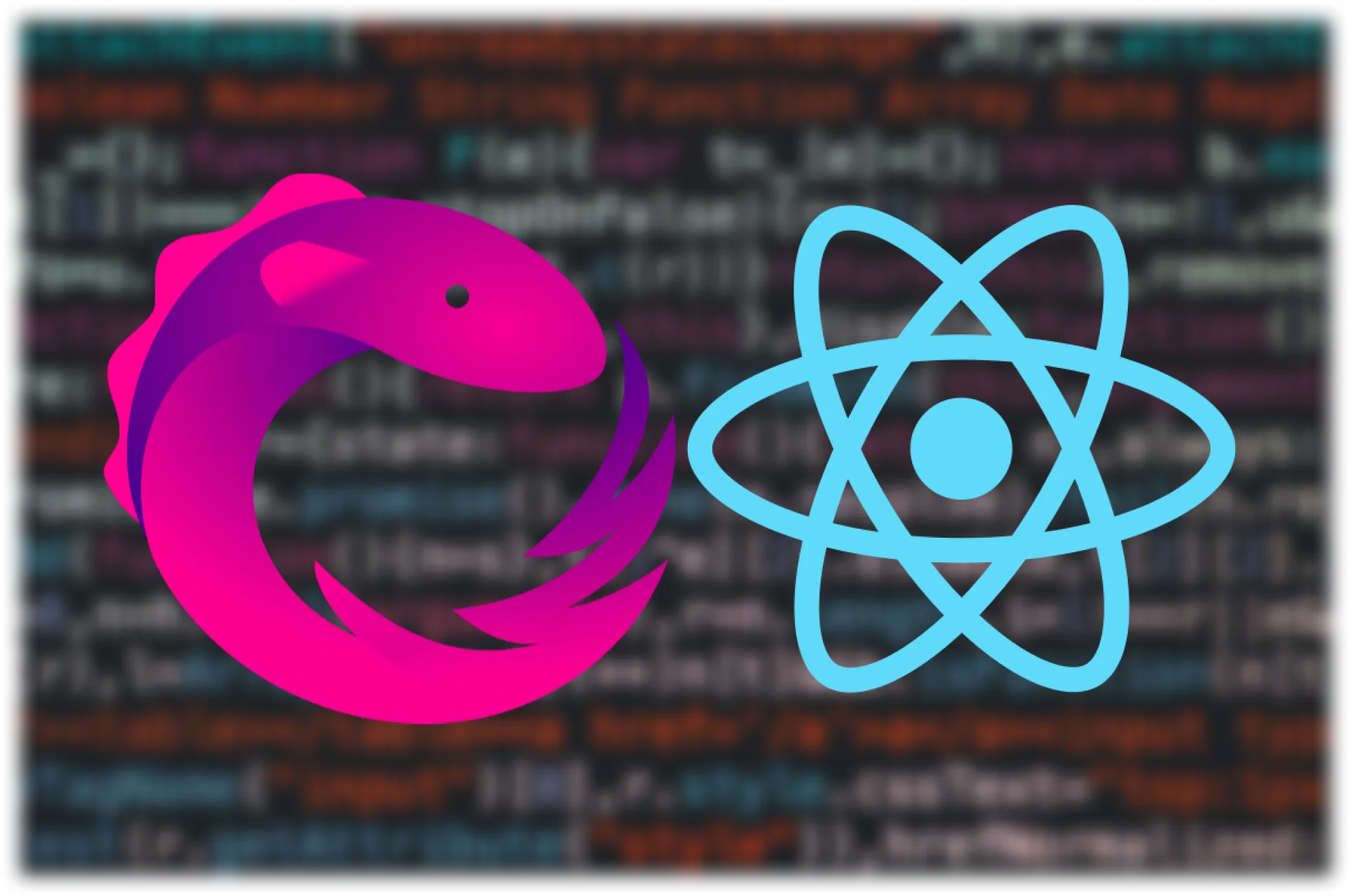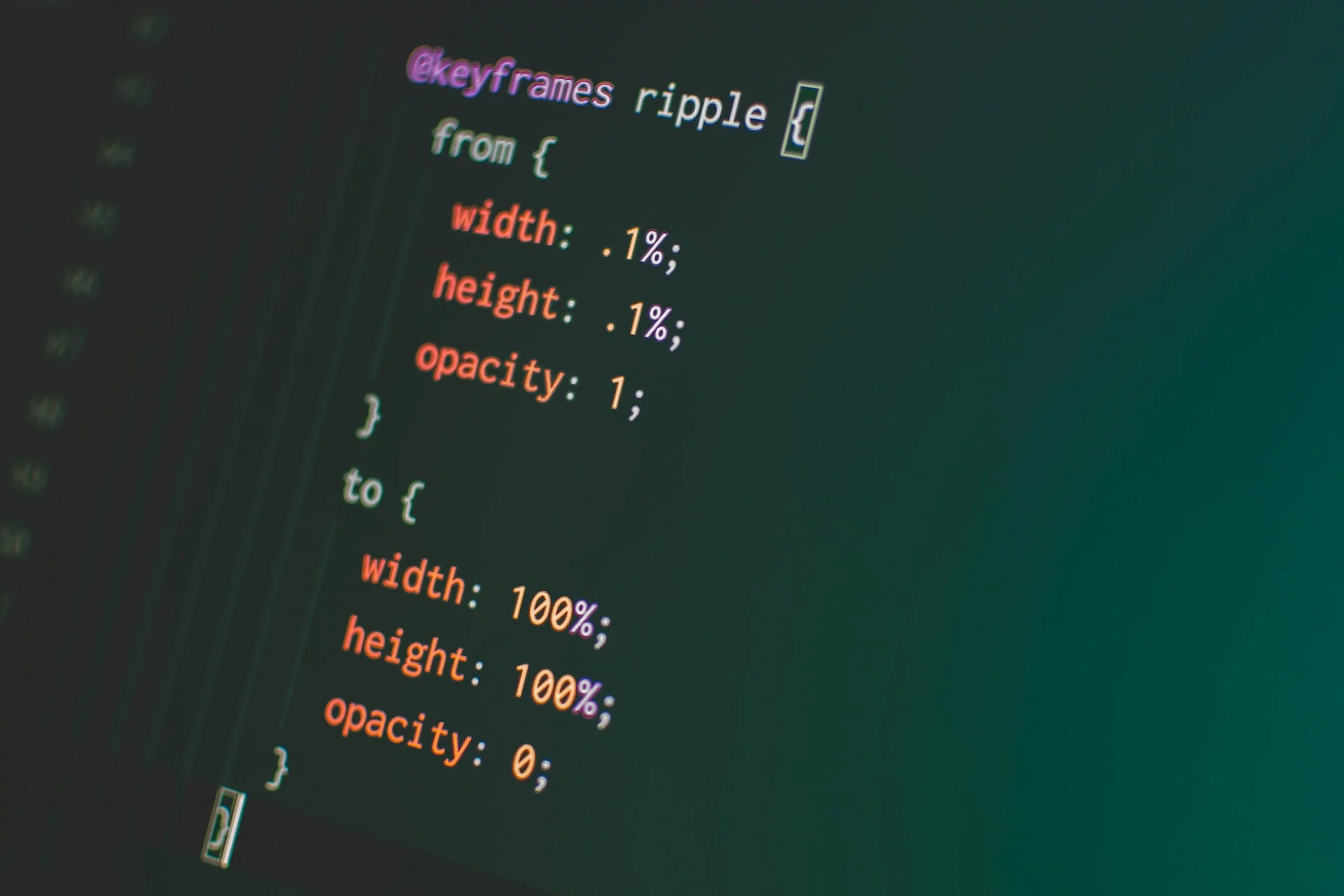Python is a very productive language that can power even the most complex projects. We point to seven reasons why it can benefit your business.
Python is a high-level programming language with a huge fanbase among developers, soon-to-be developers, and businesses. It has been used in most programming fields by companies of all sizes, from small startups to big techs like Amazon, Instagram, Spotify, and Facebook.
The advantages of Python by far outweigh its weaknesses
Python has undeniable strengths and few weaknesses. Its advantages and disadvantages have been widely discussed online, and we believe the former outweigh the latter by a long shot. The peculiar thing is that some Python characteristics can work as both, depending on your objectives and the type of your project.
For example, widely quoted disadvantages of Python include the use of an interpreter, Global Interpreter Lock, dynamic typing, and even… simplicity – with all these features being an asset for other reasons.
Other deficiencies, such as runtime errors or relatively high memory consumption (which can be mitigated with memory optimization techniques, by the way), are simply the price you have to pay for the hefty benefits Python provides.
7 reasons why Python programming language is good for your business
This time we want to focus on the unquestionable strengths of Python and how it can help kick-start, build, and scale your project.
Check out these 7 reasons to use this popular programming language in your project
1. Simple syntax – Python advantage number 1
Python is praised for its English-like syntax. It is the primary reason why this language has become the go-to choice for novice developers taking their first steps in the IT industry.
Due to its syntactic simplicity, Python is easier to learn than other programming languages. Usually, it’s much faster to code in, too, compared to, say, PHP or Java, which translates to a shorter development timeline.
Python’s code readability also makes it easier for developers to understand someone else’s scripts, which streamlines teamwork and can be a great advantage when the project gets handed over to a different team.
Effectively, Python’s simplicity is a big asset not only from the learner’s perspective but also from the business angle. It contributes to a shorter time to market, a huge talent pool, community support, and an immense amount of ready-made solutions.
2. Python is a versatile and multi-purpose programming language
Python is a general-purpose language known for its versatility. You can code pretty much anything in it, even though better domain-specific solutions might be available. Python is extensively used for web development and server-side programming. It’s also been gaining popularity as a front-end language.
At the PyCon 2022, Python developers affiliated with the Anaconda project announced a PyScript – a new framework enabling Python code integration with HTML for front-end applications. But even before that, Python provided tools for building graphical user interfaces (GUIs).
Another area where the language excels is data science. Python has been embraced by both business and the scientific community as a leading technology for big data analytics. In the field of data, Python can be used for anything from data analysis, through web scraping and data visualization, to building machine learning models and developing artificial intelligence algorithms.
3. It has more libraries than most other programming languages
Due to its popularity, Python provides a huge number of third-party packages, extensive libraries, and elaborate frameworks. Even the standard library, delivered by default, includes well over one hundred modules.
The number of external libraries available on PyPi, the official Python programming language repository, goes into hundreds of thousands and constantly grows. This massive toolkit contains solutions to virtually any problem, available for reuse in new projects.
The most popular libraries include Numpy, Pandas, Matplotlib, Theano, TensorFlow, and PyTorch. They are used for data science, data visualization, machine learning, and artificial intelligence development, with some applicable to all of these domains. Python also provides great full-stack and micro frameworks for web apps, APIs, or web analytics such as Django, Flask, or Dash.
It also has tools for mobile development, game development, building GUIs, and a slew of other applications. The abundance of programming resources in Python saves you time and money for the development process and the effort of reinventing the wheel.
4. Python makes debugging fast and easy
Debugging is a critical process during software development. Efficient error-removal procedures are necessary to engineer functional and market-ready software.
By rough estimates, programmers spend up to ten times as much time debugging as they do coding. That’s why the ability to fix the code faster is essential for speeding up the whole development process and reducing time to market.
Fortunately, the Python environment makes it easy for programmers to debug their scripts with various techniques and tools. Basic methods include:
- using print() statement for executing code and checking the output for possible errors,
- exception handling with “try” and “except” blocks,
- using a built-in pdb debugger (it can be run from the command line, within an interpreter or a program) to run the script in a single-step mode, set breakpoints, and inspect stack frames,
- using a logging module, similar to print() statement, but with additional options.
However, the most efficient and convenient approach to debugging is using an IDE with an integrated debugger (even though some developers prefer to be self-sufficient), such as Pycharm or Visual Studio.
5. Python is portable by design
Another of Python’s strengths is portability. Scripts written in this programming language can be smoothly run under different operating systems, such as Windows, Mac OS, various Linux editions, or Unix-like OS, such as Open BSD, without requiring major rework.
Obviously, this characteristic doesn’t cover system-specific calls when certain modifications are required. Python’s portability essentially results from it being an interpreted language (in fact, it’s more complicated, but let’s keep it simple).
Python interpreter, aka Python Virtual Machine (PVM), translates the source code to bytecode during runtime, as opposed to compiled languages that compile it directly to machine code before runtime. Then the bytecode can be executed under any OS with a platform-appropriate Python interpreter.
A feature worth noting is that Python also provides a number of GUI frameworks, enabling the implementation of portable graphical user interfaces.
6. Python promotes code reuse
Code reuse is a critical factor in streamlining software development. Not only does it simplify and speed up the whole process, but it also enables many solutions that would be much more difficult and costly to come by otherwise.
Python significantly facilitates code reuse. As primarily object-oriented programming (OOP) language, it promotes creating reusable code made of objects, such as functions, methods, or classes, that can be reapplied in new scripts, according to the Don’t Repeat Yourself (DRY) principle. There are specific characteristics and features that contribute to code reusability in Python, such as polymorphism, dynamic typing, or decorators.
However, on a more general level, code reuse is enabled by the huge community, which provides solutions to various problems and drives the evolution of the language.
7. Python is great for business applications
Python should be taken into account by most companies looking for an efficient and cost-effective solution for their project. It is hard to point to another option combining as many business-relevant benefits.
Python is impressively productive compared to other languages. Due to its syntax resembling the English language learning Python is easy-peasy for experienced developers looking to reskill or expand their competencies and not as challenging for non-developers as are other popular programming languages.
As a result, finding a skilled Python developer is easier than, say, a PHP expert. Additionally, a large and constantly growing Python community produces tons of code available for reuse. In other words, many of your programming problems have already been solved in Python, and you can simply apply those solutions to your project.
As a general-purpose language supporting multiple programming paradigms and portable across operating systems, Python can be efficiently and cost-effectively used in a wide array of projects, allowing for easy upgrades and scaling.
Python Real-Life Business Cases
We don’t want you to think that these uses of the Python language are merely abstract, we’ll look at some real-life companies that use Python as a basis for their business. These examples will help you understand how Python is leveraged in the real world.
Spotify
Spotify uses Python’s extensive library collection to ensure smooth interaction in their product, with a Python program handling the most important elements of Spotify’s recommendation engine, which bases its suggestions on the user’s listening history and preferences.
Netflix
It’s not just music that has you download Python-based apps! Netflix’s Python programmers use it alongside other languages to drive their content recommendation system, but also in data science, machine learning, and security, showing the language’s diversity.
Uber
If you’ve ever wondered what makes an Uber fare, a part of the answer is Python! Uber uses Python to analyze several data types, and uses it to generate fares depending on factors such as time of day, events, and traffic.
JP Morgan Chase
JP Morgan Chase, along with many other institutions use Python to support their data scientists and financial analysts in analyzing financial markets and driving investments. With libraries like NumPy this is perhaps the most intuitive use of the language’s functional programming features.
Thinking about using Python in your project? We might have some suggestions
Would you like to join those companies? At NG Logic, we’ve successfully managed hundreds of projects involving Python programming language. We’re convinced that Python’s advantages are unique in many ways and contribute to a faster, smoother development process.
If you’re considering using this fantastic language in your project, feel free to contact us for assistance!













 +1 (888)
413 3806
+1 (888)
413 3806